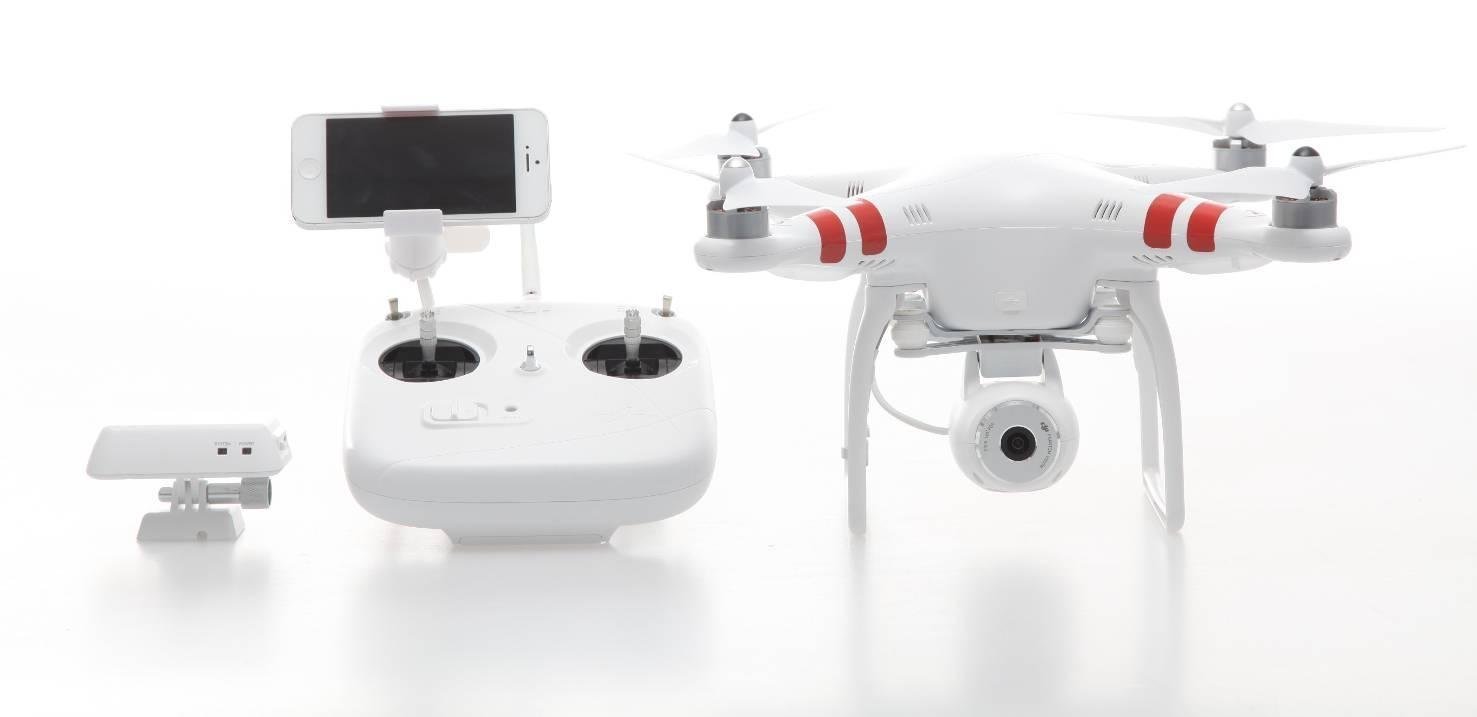At the Radio Shack six blocks from the White House, one may be tempted to purchase the $49.99 Propel Wasp remote controlled helicopter. But fly it outside in Washington, D.C. at your own risk.
The results of remote hobbyist drone flights can be spectacular, with or without a camera attached to show the view. Until recently, you could watch on Vimeo this DJI Phantom 2 Vision Quadcopter piloted by Viktor Mirzoyan taking off from an area rooftop and shooting stunning footage of the nation’s capital. Then there was the spectacular footage shot by Adam Eidinger, which remains on YouTube for all to see.
Too bad it’s illegal—very illegal.
What’s the problem with flying a remote controlled aircraft in D.C.?
In the aftermath of the September 11 terrorist attacks, the Federal Aviation Administration and the Transportation Security Administration banned nearly all aviation—including model aviation—from what is known at the Flight Restricted Zone (FRZ), a roughly 10-nautical mile area centered around Reagan National Airport in Virginia.

The FAA’s “Temporary Flight Restriction” (poorly-named in this instance because the one over Washington is permanent) lists the rules for the FRZ in painstaking detail, and apparently with its keyboard stuck on caps-lock:
THE FOLLOWING OPERATIONS ARE NOT AUTHORIZED WITHIN THE DC FRZ: FLIGHT TRAINING, AEROBATIC FLIGHT, PRACTICE INSTRUMENT APPROACHES, GLIDER OPERATIONS, PARACHUTE OPERATIONS, ULTRA LIGHT, HANG GLIDING, BALLOON OPERATIONS, TETHERED BALLOONS, AGRICULTURE/CROP DUSTING, ANIMAL POPULATION CONTROL FLIGHT OPERATIONS, BANNER TOWING OPERATIONS, MAINTENANCE TEST FLIGHTS, MODEL AIRCRAFT OPERATIONS, MODEL ROCKETRY, FLOAT PLANE OPERATIONS, UNMANNED AIRCRAFT SYSTEMS (UAS) AND AIRCRAFT/HELICOPTERS OPERATING FROM A SHIP OR PRIVATE/CORPORATE YACHT.
So, what would happen to me?
The FRZ falls within a larger security zone called the Special Flight Rules Area (SFRA), where aircraft are subject to additional security measures but model aircraft flight is permissible. The FRZ and the SFRA may be enforced with deadly force to shoot down an imminent threat, but more often planes are intercepted by fight aircraft and helicopters, escorted to a nearby airport, where the pilots are reamed out by law enforcement, suspended and/or fined.
Knowingly flying a model aircraft or drone in D.C. would violate the rules of the FRZ. —an offense punishable by a fine or up to a year in prison:
49 U.S. Code § 46307 – Violation of national defense airspace: A person that knowingly or willfully violates section 40103 (b)(3) of this title or a regulation prescribed or order issued under section 40103 (b)(3) shall be fined under title 18, imprisoned for not more than one year, or both.
But will they really catch me?
Doubtful, unless you upload the video to the Internet, crash spectacularly, or get way too close to a really sensitive area like the White House.
What’s the big deal anyway?
First off, there’s the safety of people and property on the ground to consider. These devices can weigh well more than 10 pounds, and dropped from even a few stories can do serious damage. Here’s one brilliant pilot’s attempt to fly a drone through midtown Manhattan last year:
The operator was fined $2,200 by the FAA after the remote controlled quadcopter nearly hit a pedestrian.
Yosemite National Park in California and Zion National Park in Utah recently announced that flying unmanned aerial vehicles would earn visitors a $5,000 fine, six months in jail, or both because of the danger and disruption they pose.
And what about privacy?
Good question. Increasingly these mini-aircraft have cameras—some capable of extremely high resolution and transmitting live footage to a laptop or iPhone—and they’re getting cheaper and cheaper. The one used by Mirzoyan retails for about $1000.

What about if I wanted to fly a drone over the CIA or NSA?
Cute idea, but the CIA’s headquarters in Langley, Va. falls within the FRZ. The NSA’s headquarters in Fort Meade, Md. falls within the tightly-controlled Class B airspace for Baltimore Washington International Airport, so you’d be breaking the law.
So where can I legally fly my remote controlled helicopter or personal drone?
Under long-standing FAA guidelines, model aircraft may be flown below 400 feet above ground level as long as they don’t pose a hazard to people or property on the ground and other aircraft in the sky. When flying within 3 miles of an airport, the airport operator and/or control tower must be notified. But as long as you stay in “Class G” airspace you should be fine.
So where’s Class G airspace?
It’s generally airspace below 700 feet or 1,200 feet above ground where air traffic controllers do not provide any services. West of the Rockies it might rise as high as 14,500 feet above sea level in some areas.
Correction: An earlier version of this item stated that CBS used a drone to take photos of the Capitol. It in fact received a permit to use a helicopter.
More Must-Reads From TIME
- The 100 Most Influential People of 2024
- Coco Gauff Is Playing for Herself Now
- Scenes From Pro-Palestinian Encampments Across U.S. Universities
- 6 Compliments That Land Every Time
- If You're Dating Right Now , You're Brave: Column
- The AI That Could Heal a Divided Internet
- Fallout Is a Brilliant Model for the Future of Video Game Adaptations
- Want Weekly Recs on What to Watch, Read, and More? Sign Up for Worth Your Time
Contact us at letters@time.com